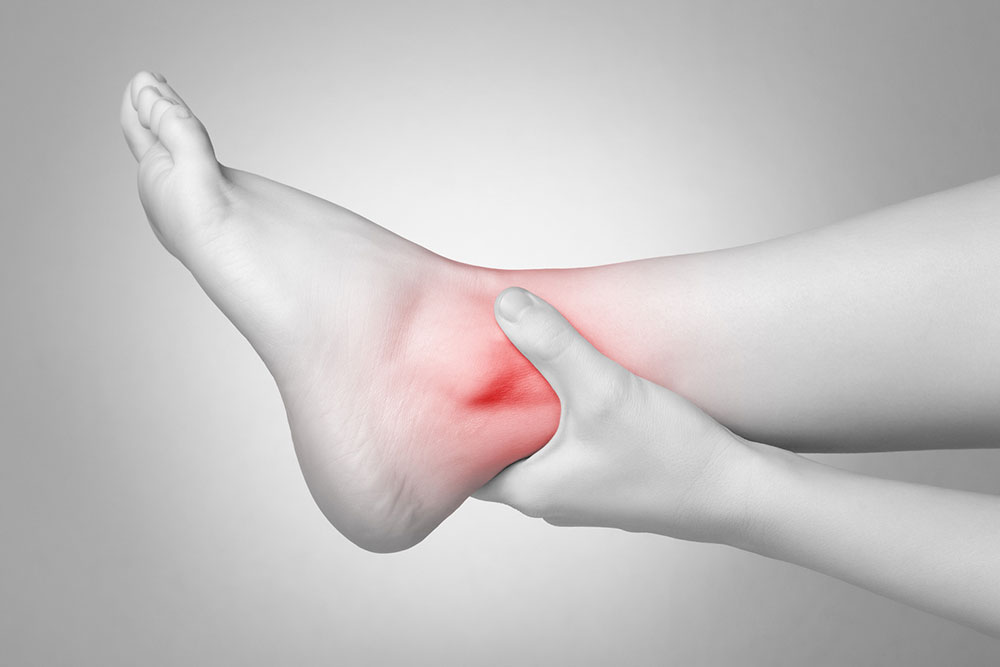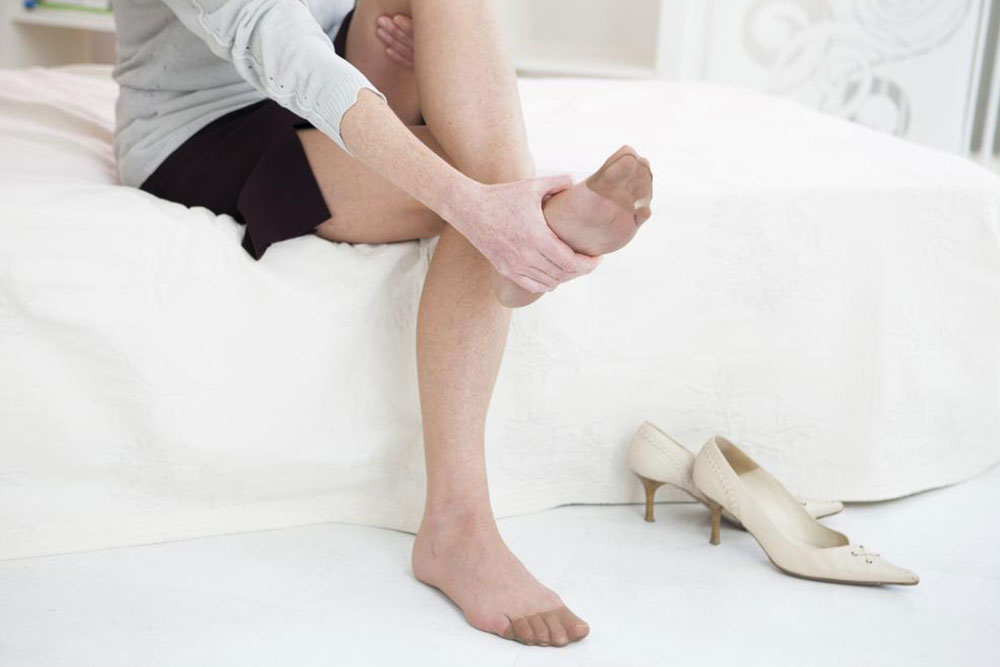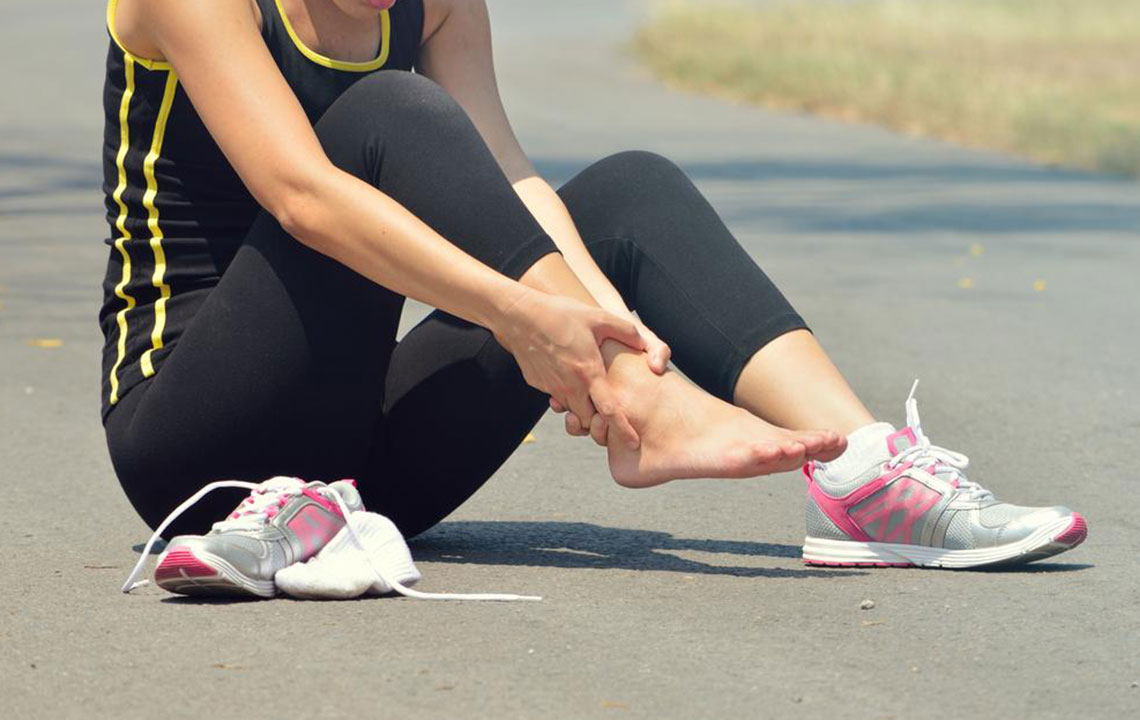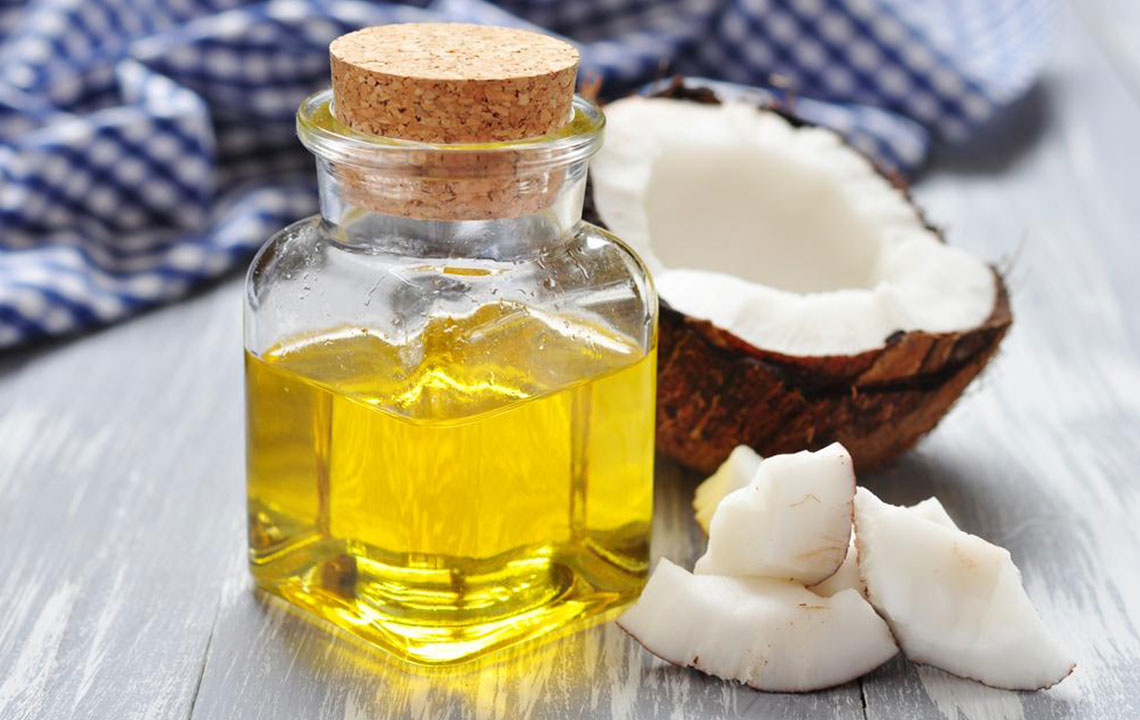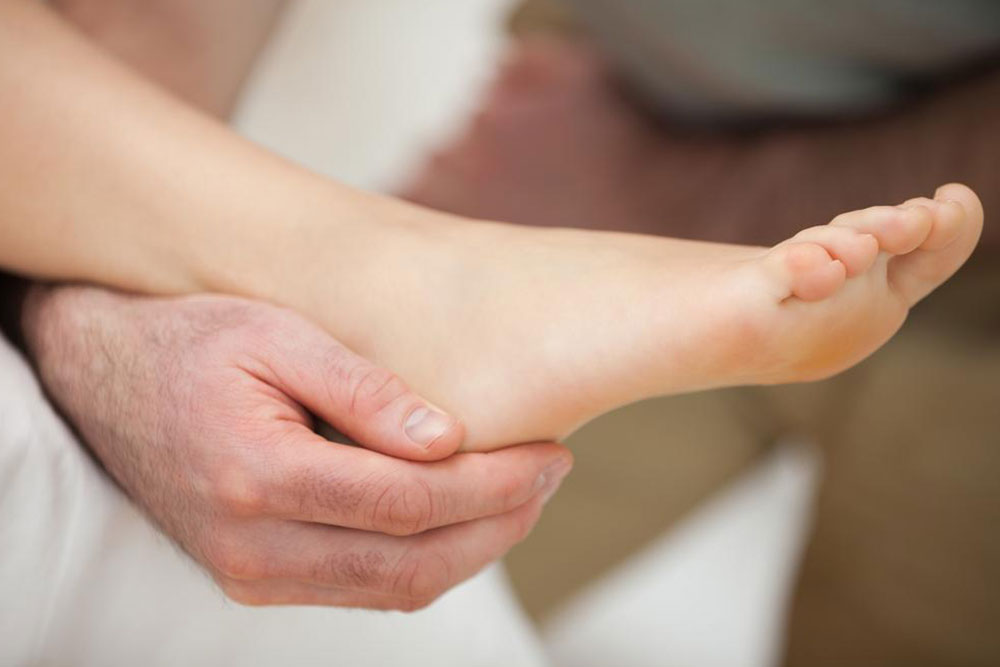Effective Strategies for Heel Spur Relief
Discover comprehensive methods to alleviate heel spur pain, including cold therapy, supportive footwear, medications, and surgical options. Learn how to manage inflammation and prevent recurrence with effective treatments tailored for relief and recovery.
Sponsored
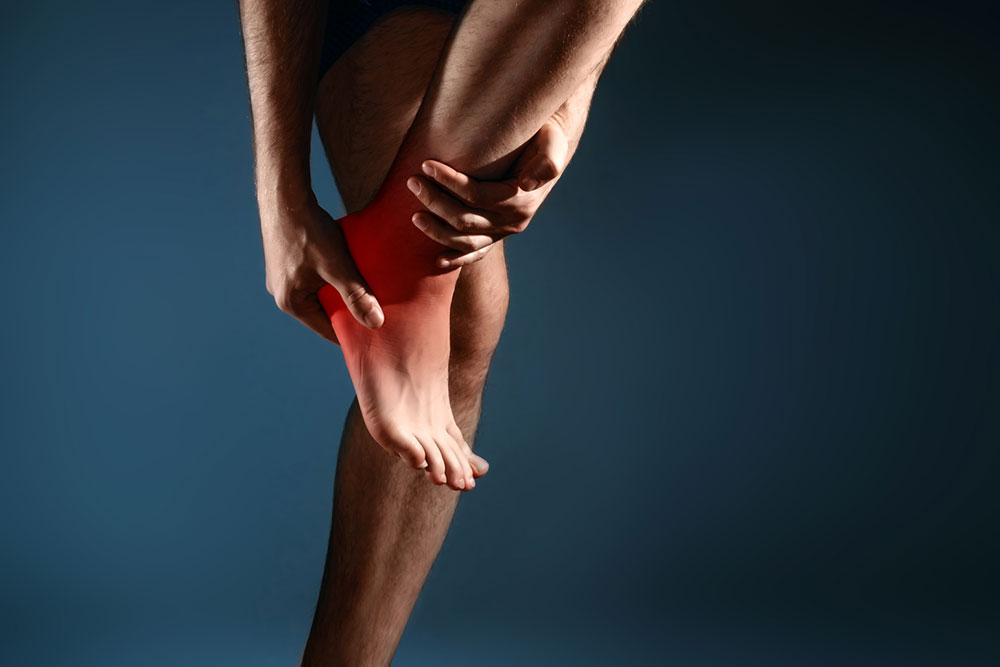
Heel spurs are bony growths on the underside of the heel that can cause significant discomfort and impair mobility. Some individuals may have heel spurs without symptoms, while others experience intense pain. These growths often point toward the arch and are frequently associated with plantar fasciitis, leading to inflammation and heel pain. Though custom footwear can ease symptoms, targeted treatments are essential for relief. Managing heel spurs involves various approaches, including lifestyle modifications, medications, and medical procedures, to alleviate pain and prevent further damage.
Heel spurs cause inflammation and pain at the bottom of the foot, especially around the heel. Multiple treatment options are available to alleviate this condition.
Cold Therapy
Applying an ice pack wrapped in cloth to the heel can significantly reduce inflammation. Keep the ice in the freezer and use it for about ten minutes, then remove. Repeat hourly for optimal relief.Supportive Footwear
Choose shoes that provide ample comfort and support, especially around the heel. Look for models with firm heel counters and moderate flexibility. Elevating the heel slightly (up to one inch) can lessen pressure. Custom shoes are also an option if standard footwear isn't sufficient.Pain Relievers
Over-the-counter anti-inflammatory medications can help reduce pain and inflammation. Always consult a healthcare provider before use, especially if you have medical conditions like kidney issues or ulcers.Cryoultrasound Therapy
This advanced treatment combines cold therapy and electromagnetic energy, targeting inflamed tissues. Delivered by trained therapists, it offers effective relief from heel pain.Injections
Corticosteroid injections can temporarily diminish pain but do not eliminate heel spurs. Limit the number of injections to prevent tendon damage. Proper administration under medical supervision is essential.Surgical Intervention
If conservative measures fail, surgery may be recommended. Procedures involve removing the heel spur or detaching the plantar fascia to relieve discomfort. Post-operative recovery involves several weeks of rest and limited mobility, with some risks of nerve damage or spur recurrence.This condition results from calcium deposits forming on the heel bone over months, often due to ligament strain or overuse, common in athletes. Avoid excessive activity and follow treatment protocols to manage symptoms effectively.

